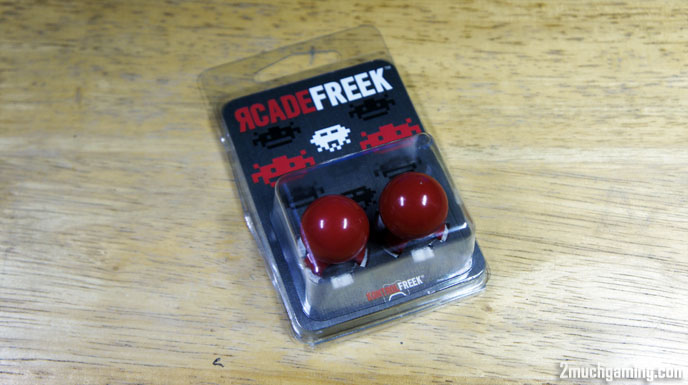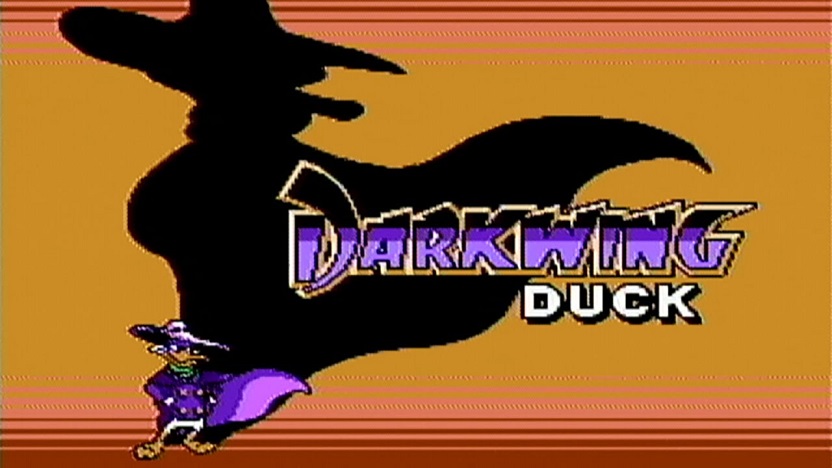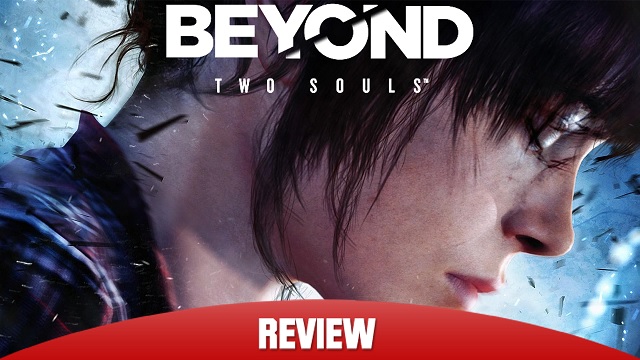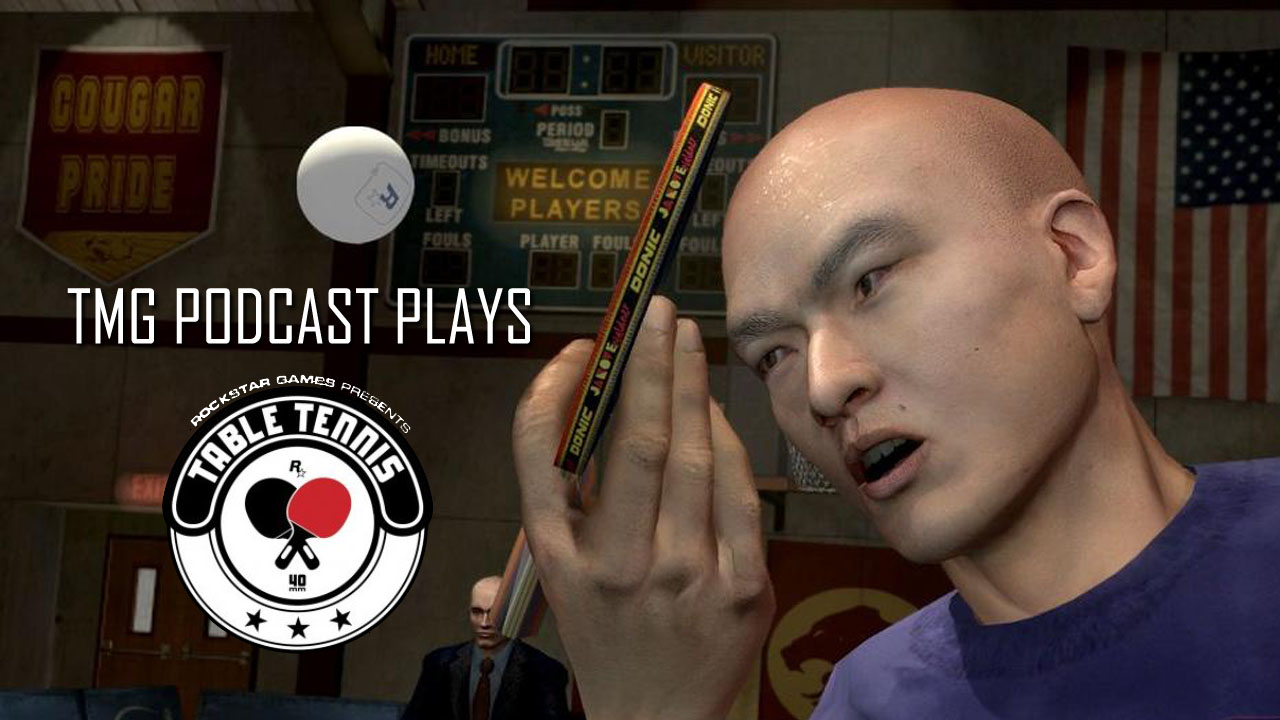 Indies have been getting a lot of buzz in 2013, with many games bringing a good amount of fresh experiences you hardly see in big titles priced at $60. Gone Home is one example of such freshness. It's a game that tells a story from your character simply interacting with objects found in this eerie mansion. That may not sound exciting for some players, but believe me when I say I had the same reaction. But once the game was over, I was at the edge of my seat; I've never experienced a game like this. I'm glad I took the risk of purchasing this rare gem and hopefully by the end of this review, you will understand why Gone Home is one of the best games to come out in 2013.
Indies have been getting a lot of buzz in 2013, with many games bringing a good amount of fresh experiences you hardly see in big titles priced at $60. Gone Home is one example of such freshness. It's a game that tells a story from your character simply interacting with objects found in this eerie mansion. That may not sound exciting for some players, but believe me when I say I had the same reaction. But once the game was over, I was at the edge of my seat; I've never experienced a game like this. I'm glad I took the risk of purchasing this rare gem and hopefully by the end of this review, you will understand why Gone Home is one of the best games to come out in 2013.
Let's get this out of the way - it's not horror alongside the likes of Amnesia. The amazing sounds and lighting just creates a scary atmosphere. It's the feeling of the unknown, and in this case, the feeling of having no idea what to expect within this empty mansion. You play as Katie, the older sibling that just returned from a long vacation trip. You arrive home to find your house completely empty. The weather is horrible. What happened? Where's the rest of the family? Those are questions that will be raised inside your head, and you are given the freedom to find the answers by simply interacting with the objects found in the house.
That's the gameplay: exploring the house, reading notes, uncovering what happened, and getting a sense of the people that lived in this abandoned dwelling. Putting it this bluntly does sound dull to some, but how it was presented made me curious and constantly looking for more things to help solve the mystery of what happened to this family. As you go through various closets, notes, bills, and diary logs of your little sister (which are presented as a commentary), you get to uncover the state of each family member. It's an interactive story done so well that it made me appreciate the simple gameplay Gone Home has. You can pick up objects, examine them, crouch, and zoom in, and even that's enough to keep you hooked from start to finish.

This is a title that I found hard to explain to people that have not a single clue about it. The best way to understand the game is by simply giving it a chance, but it's hard to do with its surprisingly high price point of $20. But once you find the courage (and the money!) to give Gone Home a try, the overall experience will linger in your head for days, and only great stories can do that. That strong after effect of satisfaction once the credits roll is a rare feat, hardly even seen in acclaimed movies.
With a game that's all about exploration and discovery, visual detail is key. What's amazing is that every bit of the house is detailed. Almost everything in the house can be picked up, and objects like bars of soap or tissue boxes have a product name - some even have tags, making me think that they could be information that might support the overall story. This resulted in me checking every crack or corner in each room. They intentionally hide specific notes or objects that, if found, help the player to understand more about the residents of the house and their relationships with one another.
There's no real difficulty. How curious you are determines how much you get out of this experience. You could focus on the main path that leads to the end of the game, but doing so ruins the point of Gone Home. Everything gets answered: all you have to do is find the trail of breadcrumbs. Once I finished the game, there was one unanswered question I had about a specific character. My curiosity pushed me to backtrack. I went through a couple of rooms, and finally found it. It was hidden nicely and I was thrilled to have my question answered. I could have lived without that knowledge, but the story was so engaging that I had to find out. Everything was still fresh and I wanted the complete experience. The fact that I missed a part of it and made myself go back for the reveal helped me realize how effective this approach is in video game storytelling.
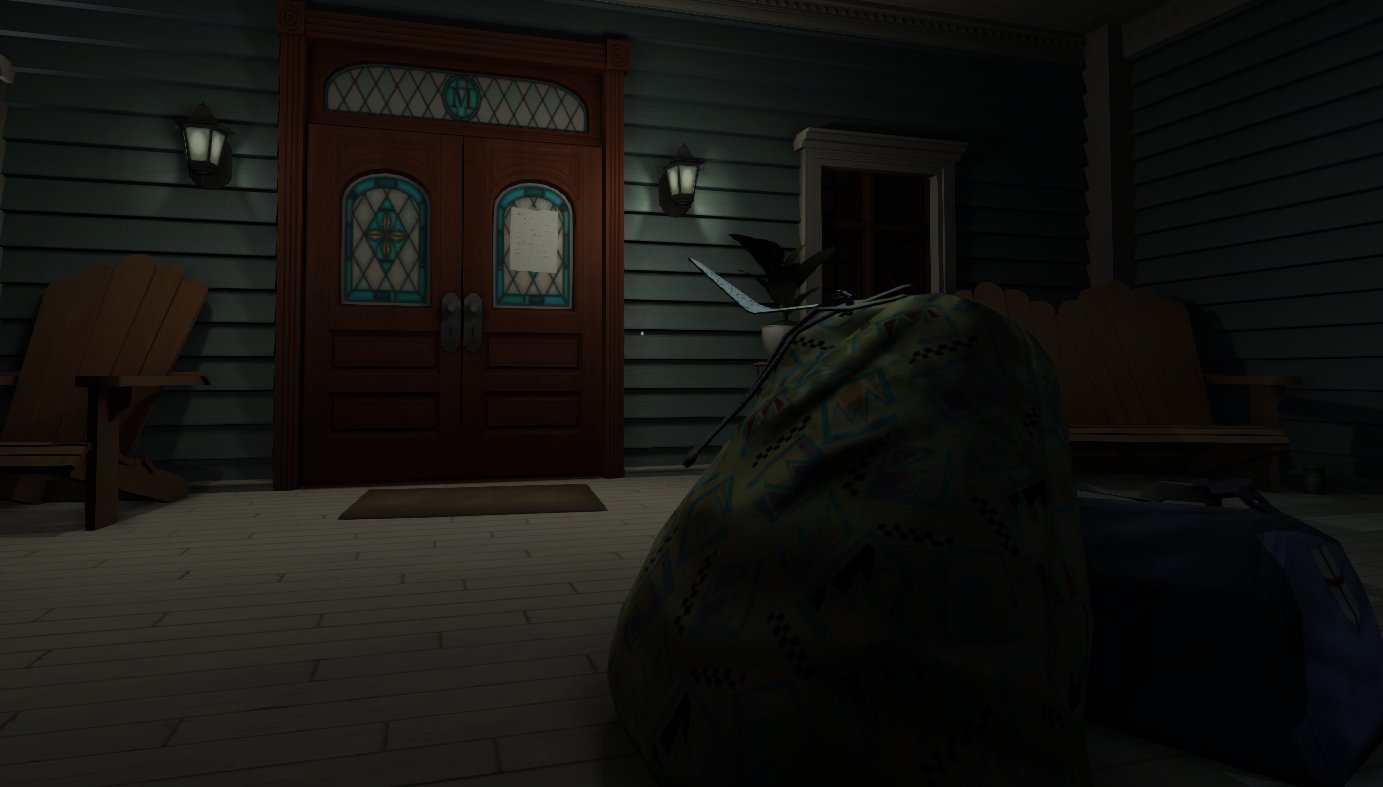
It's an experiment. A different game on how to present a story to the player. During the start of the game I was curious of what happened. By the last few minutes of the game, I rushed to the last room hoping I had a run button to get there faster. I was anxious about how it will all end, and when it ended, I was satisfied.
If you aren't looking for a great story, then this game isn't for you. The story is the whole meat of this game. But if you are open and interested in trying something completely different with regards to the way a game can tell a story, then I urge you to try this amazing independent title. I understand the praise the game was getting during 2013 and it deserves every bit. Bravo.
Score: 9/10
Pros:
- A unique way to present a story.
- Each interactable object is well-detailed .
- Great atmosphere.
- Story hooks you in, keeping you interested and curious.
Cons
- A very short experience. Left wanting more.
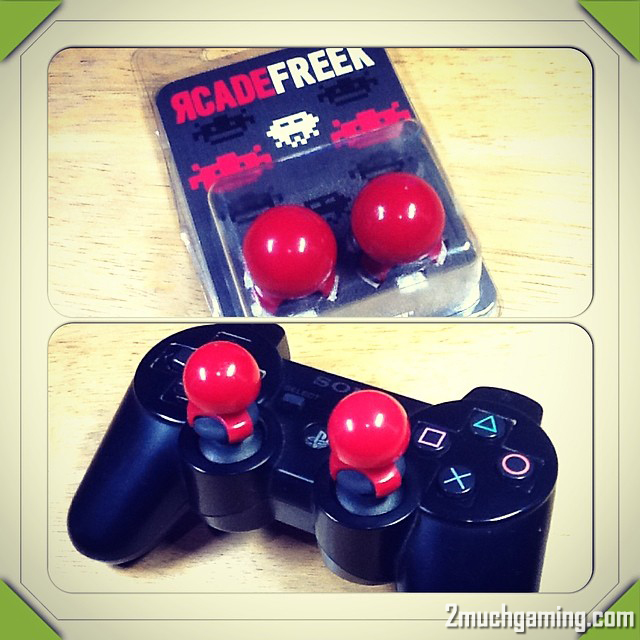 Datablitz just got a wave of products from KontrolFreek. I'm a sucker for gaming accessories and have been looking for these in local shops for quite some time now.
Datablitz just got a wave of products from KontrolFreek. I'm a sucker for gaming accessories and have been looking for these in local shops for quite some time now.

